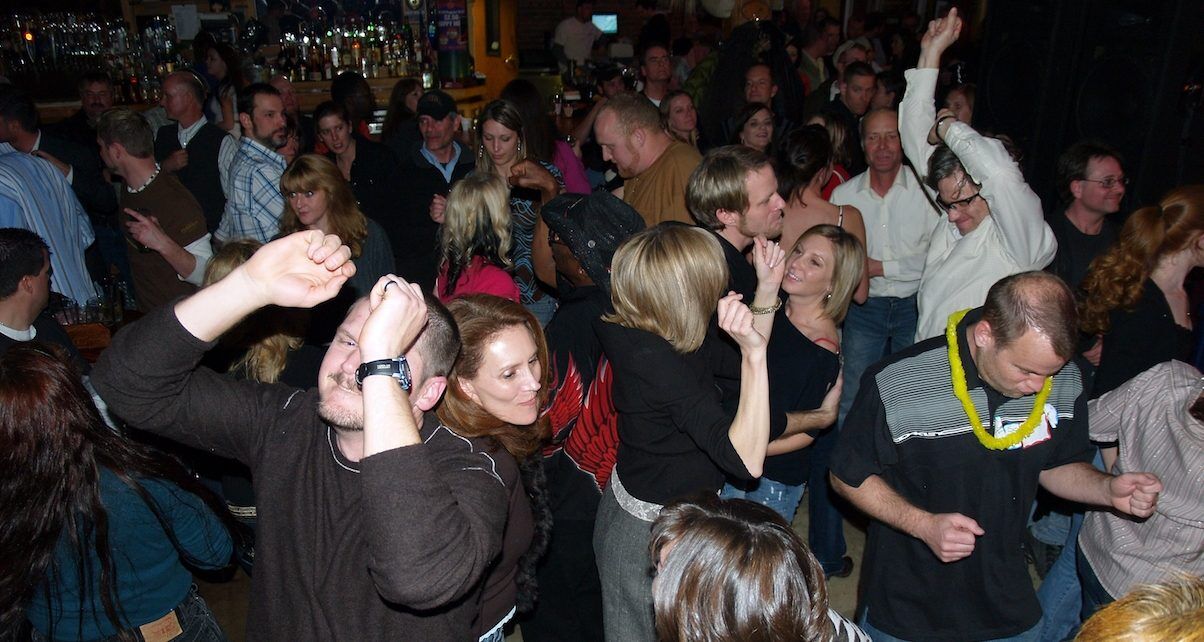This week’s question was emailed in by Andrew: “I wonder if you have any articles about sustaining a great set and keeping people on the dancefloor? I often build up the energy of a set (sometimes by gradually increasing the BPM over five or six tracks) over 20 to 30 mins and then play some killer, high-energy tracks.
“However, I find that when I continue to play similar high-energy tracks, people eventually leave the dancefloor. But, if I reduce the BPM to create some contrast in the set, the energy drops and people also leave the dancefloor. Any advice?”
Digital DJ Tips says…
Great question, Andrew. That’s the conundrum: you can’t risk wearing them out with high-energy tracks all night, and you risk clearing the dancefloor if you take things down too much. However, you create this issue for yourself by playing too many bangers too soon. You are leaving yourself with no room for manoeuvre.
Instead of constantly raising the BPM from track to track, why not try to do it in stages with peaks and troughs? This keeps the dancefloor much more engaged and it’s also a lot of fun (and a challenge!) to implement. Also, don’t forget that even “slower” tracks can have a lot of energy, it’s not always about the tempo.
Find a group of people dancing that are really into what you are playing at that time and focus on them. We all know how infectious it is to see people going mad for it in the middle of the floor. Also keep a keen eye on the girls that are dancing. Keep them dancing and the guys will follow their lead and take to the floor. You have to be attentive and patient when properly programming a set. Picture yourself on the floor in those moments where you are not sure what to do next.
Programming music for DJ sets is one of the most important things a DJ does (more important than mixing). It is, in reality, the main part of the art. As such, it is difficult to give you hard and fast rules as to how you should do it, as everything depends upon what time you are playing, who turns up, how long they stay, and so on. You will naturally get better at this the more you gig out, so just take your time and learn after each gig experience. You could even get feedback from members of your audience after a set – this is a good way to improve, and is quite unexpected (and flattering, if I were the person being asked by the DJ).
Is there any advice you’d like to give our reader in order to maintain a packed dancefloor? Let us know in the comments below….


